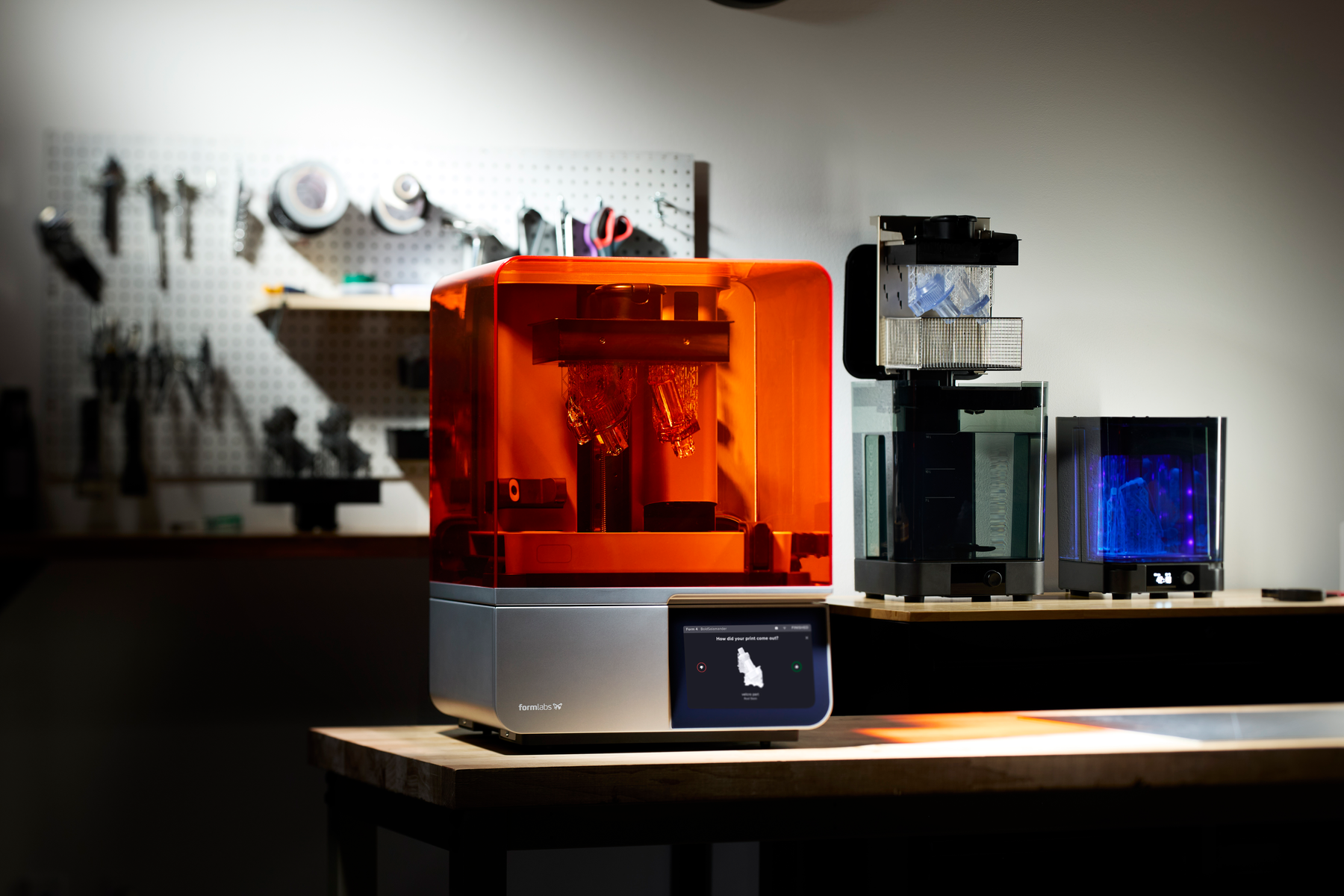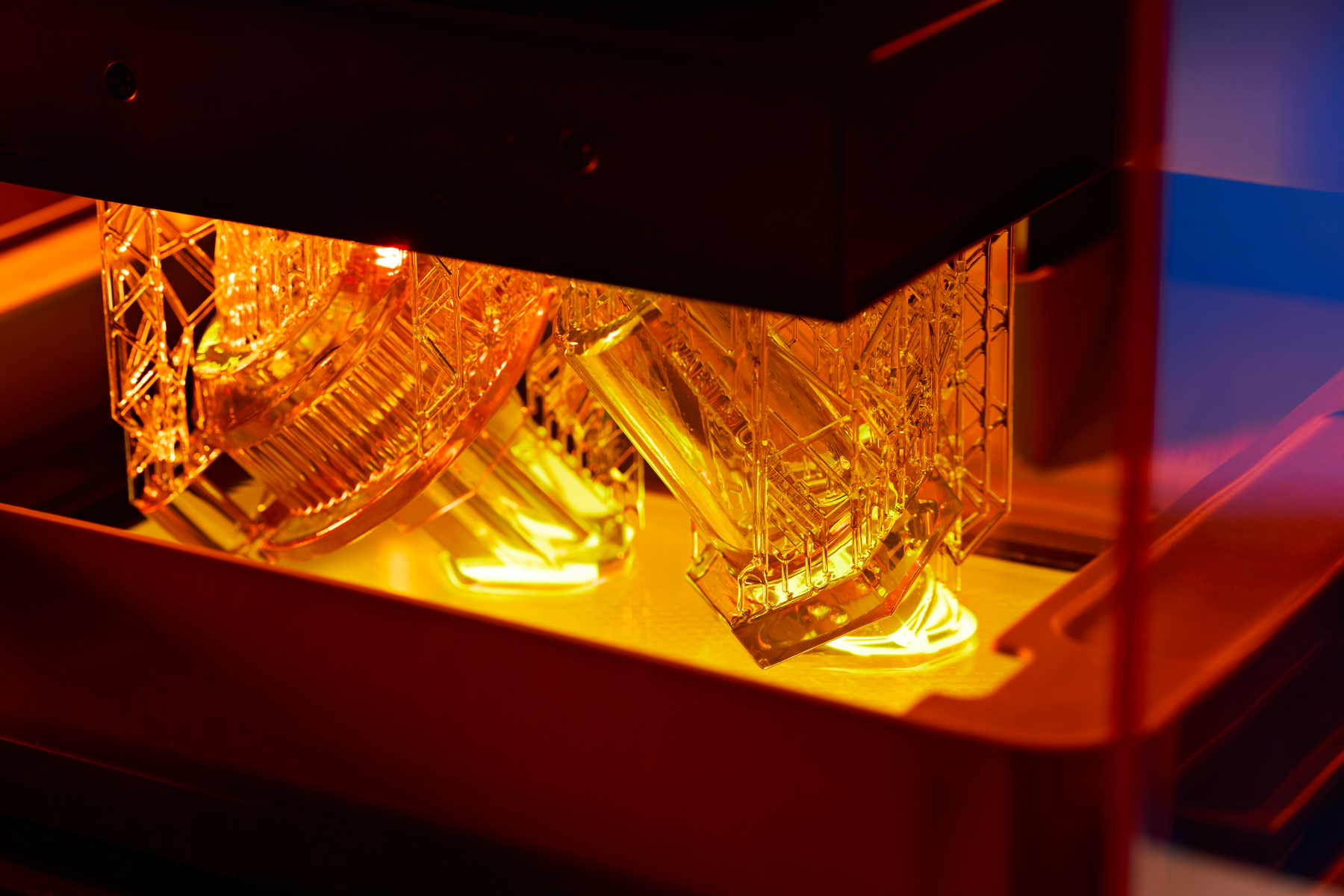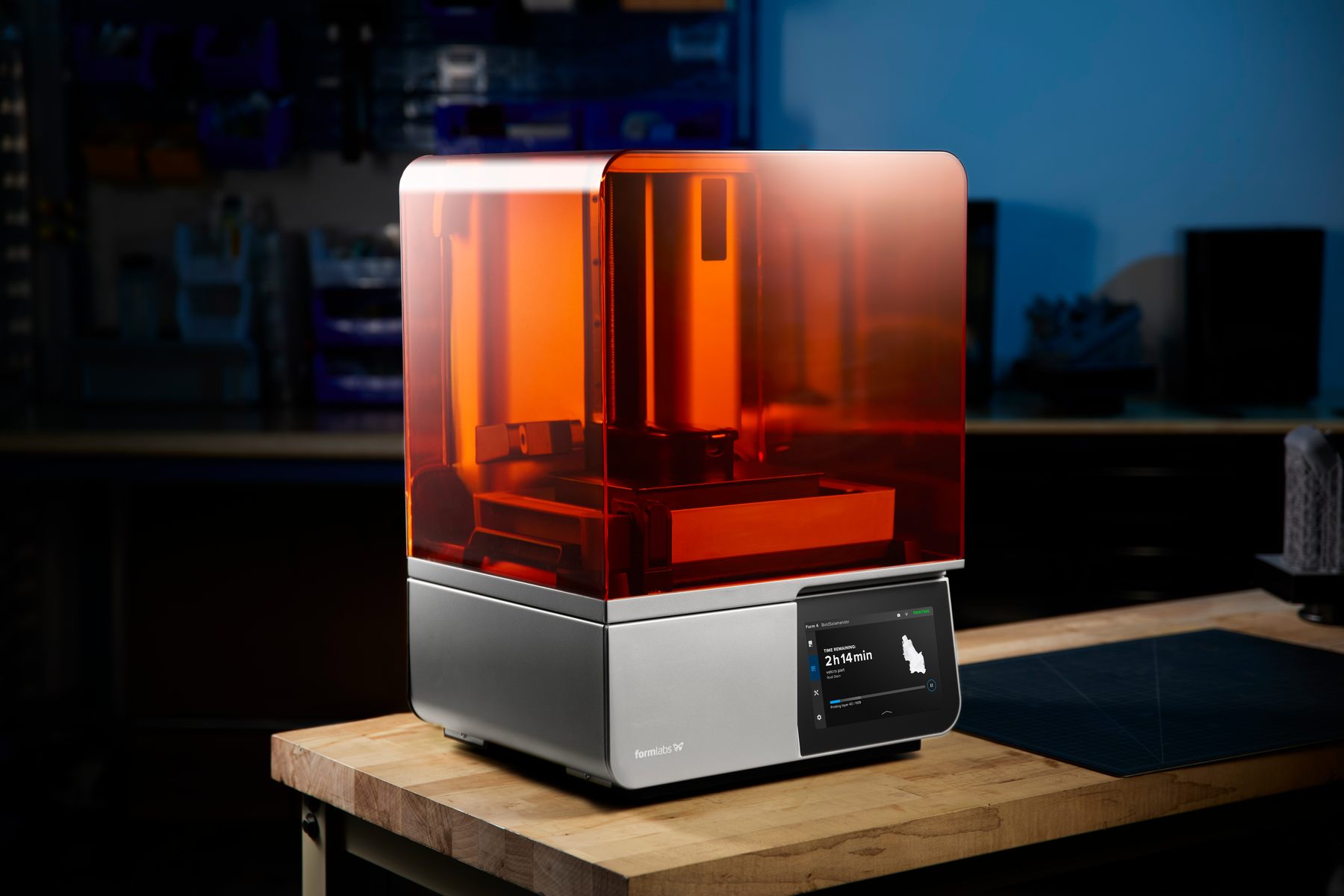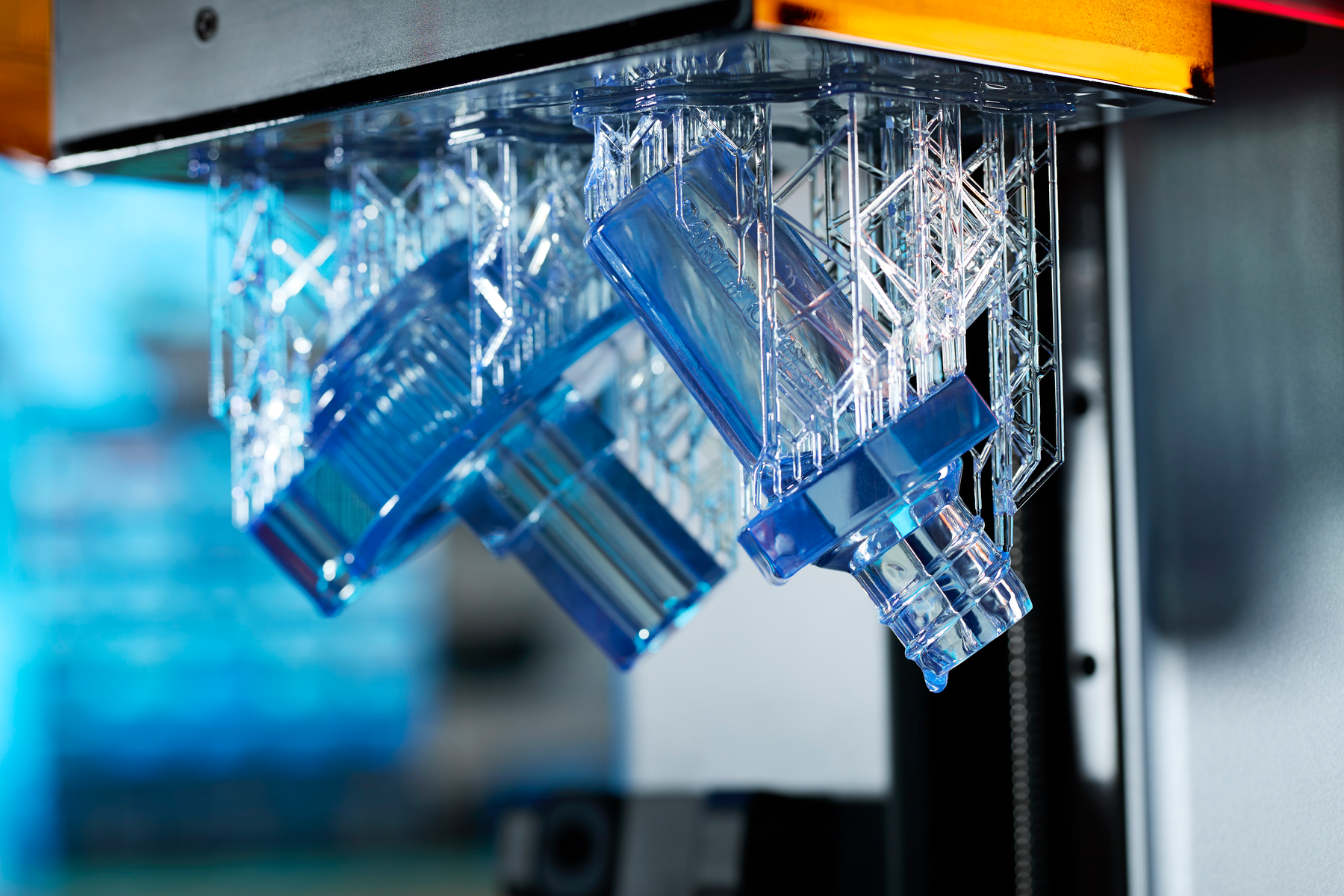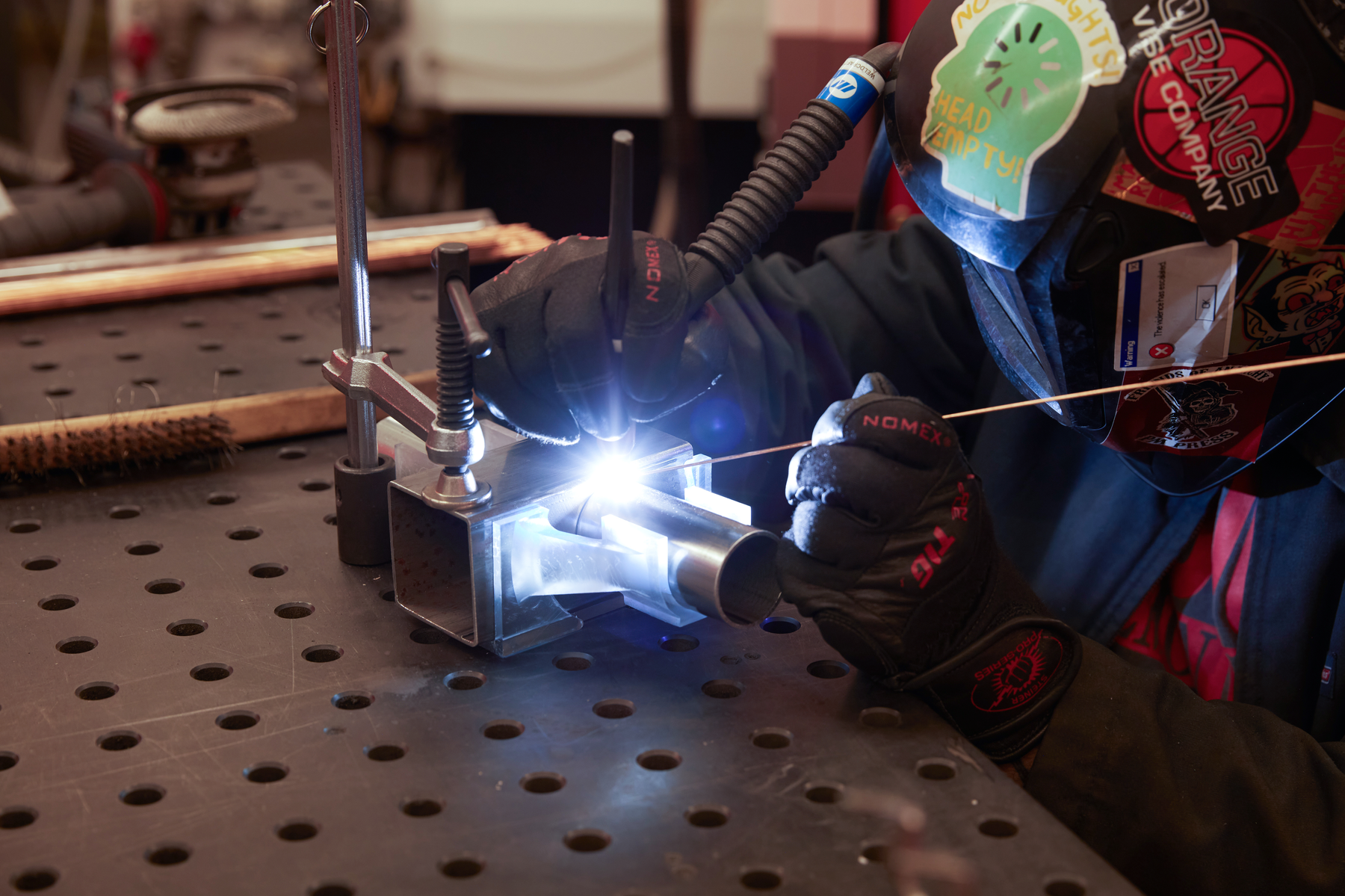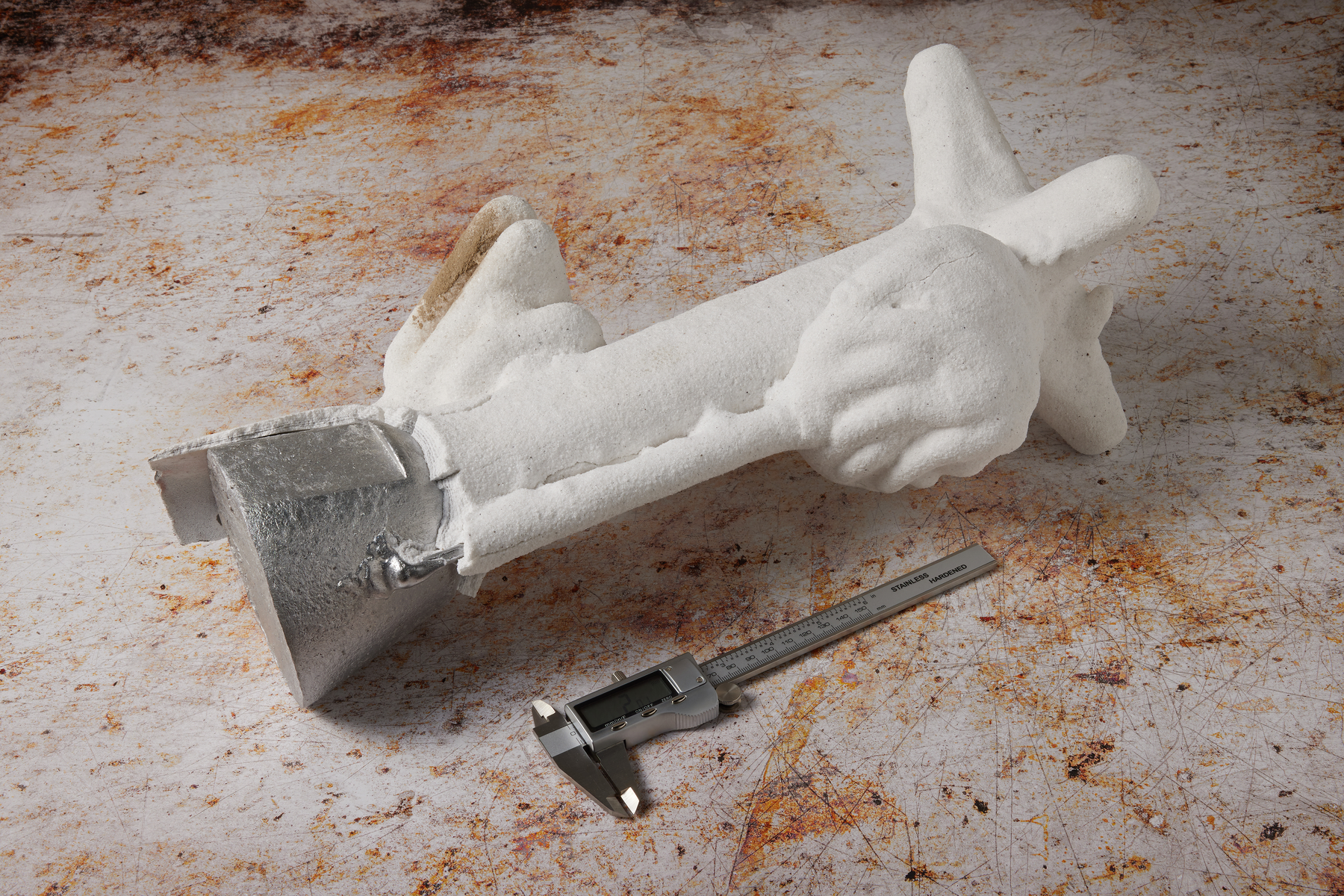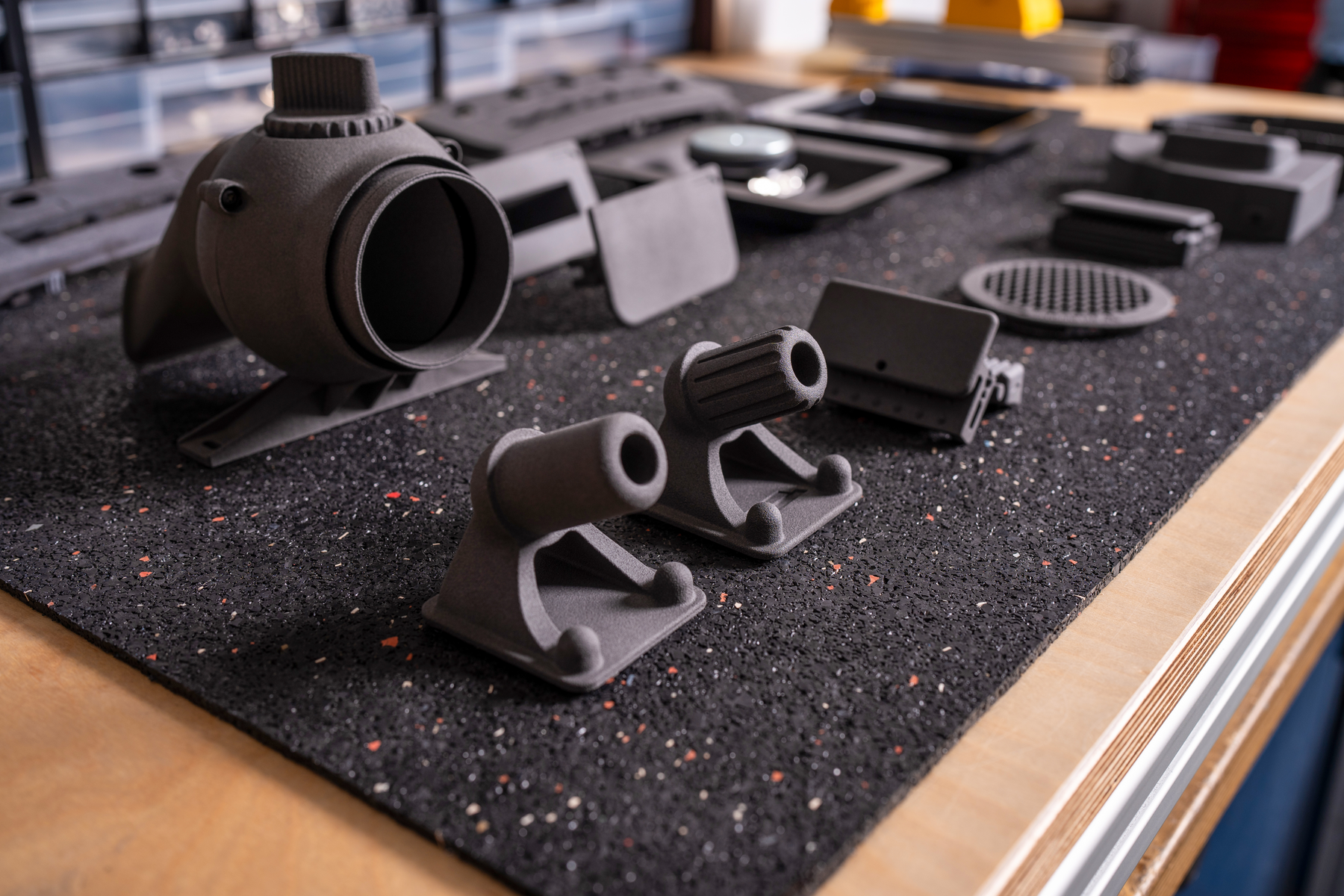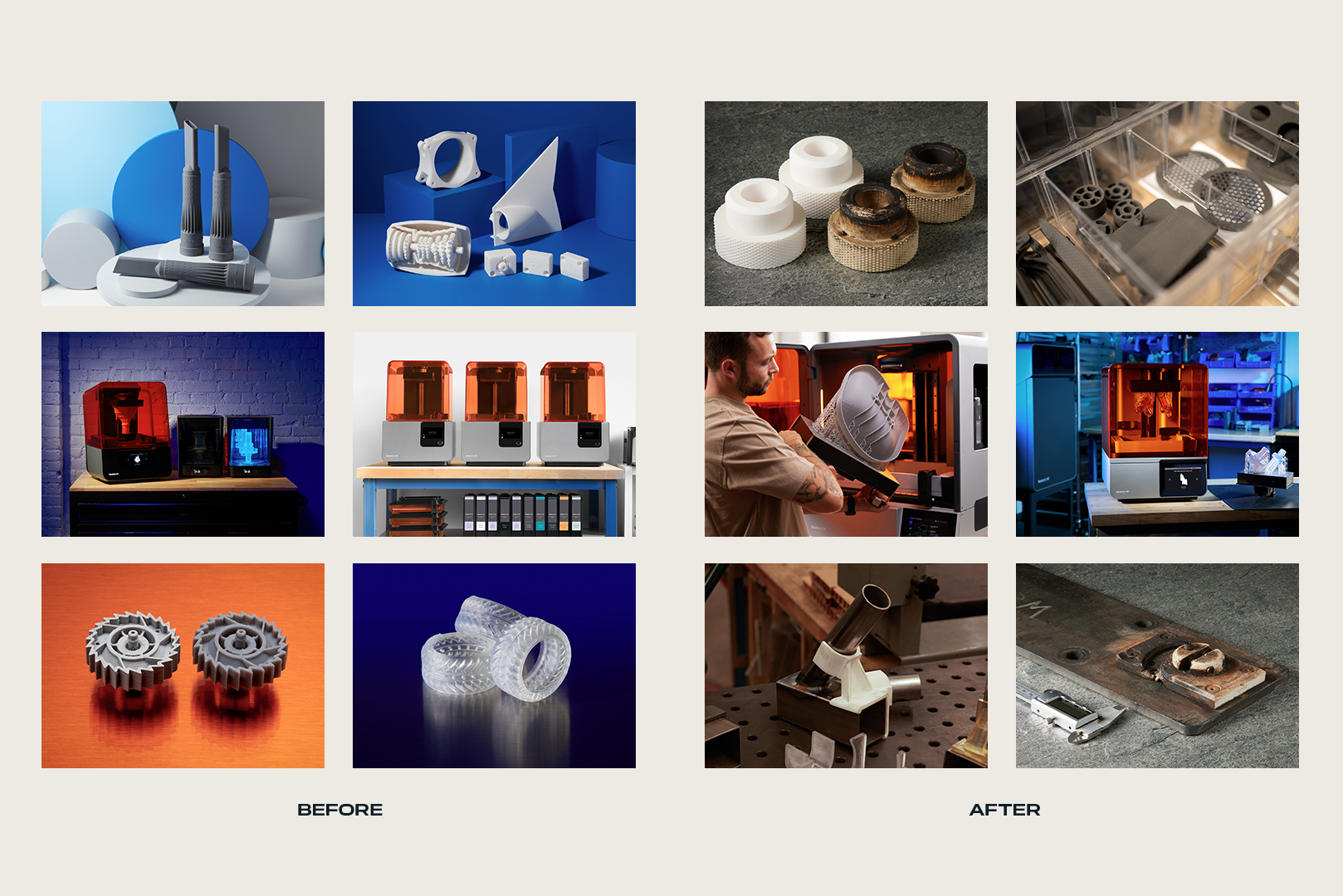Overcoming Perception Challenges
Around Product Design
A unique challenge we faced was that Formlabs’ sleek, minimalist product design—though intentional and aligned with our brand ethos—was often perceived as "not industrial enough" by potential customers in more rugged, manufacturing-oriented industries. Despite the products’ technical and industrial capabilities, the streamlined design led some to question whether they were suitable for demanding professional environments. This perception risked limiting our reach into key markets. As a result, it was up to the creative and communications team to influence public perception through compelling messaging, visuals, and storytelling that highlighted the robustness and reliability of our technology.
I worked with in-house and contract photo and video producers to shift how we visually presented our products by defining set styles that showcased the 3D printers and printed parts in rugged, real-world industrial settings. By moving away from the minimalist backdrops typically used, we placed the hardware products and 3D prints in environments such as factory floors, workshops, and labs. We also became super intentional about the 3D prints we used to showcase our materials, opting for the most industrial and professional parts, leaving behind the conventional 3D printed trinkets. This approach demonstrated that, despite their sleek design, Formlabs’ products and materials were more than capable of handling demanding professional applications. The result was a more authentic visual narrative that resonated with our target audiences in manufacturing, engineering, and healthcare.
PIVOTING DIRECTION OVER TIME
In the examples below, we’re comparing previous to current photo direction. Conceptually, we were treating our 3D Printed hero parts like pieces of artwork to show off the quality of surface finish and the beauty of the parts. While this did help create a consistent and recognizable brand style that was often imitated by competitors within the industry, the style did little to showcase the industrial qualities of the products in real world use cases.
Similarly, the hardware products were placed in stark, unrealistic environments which have now been replaced by more interactive and practical settings that resonate more with the target audience.
